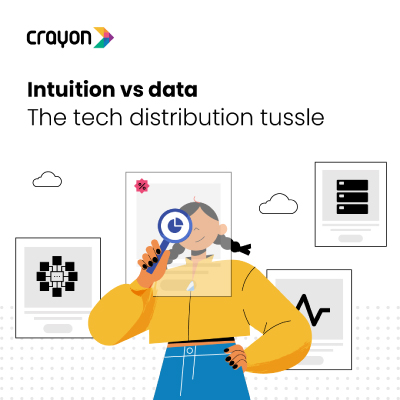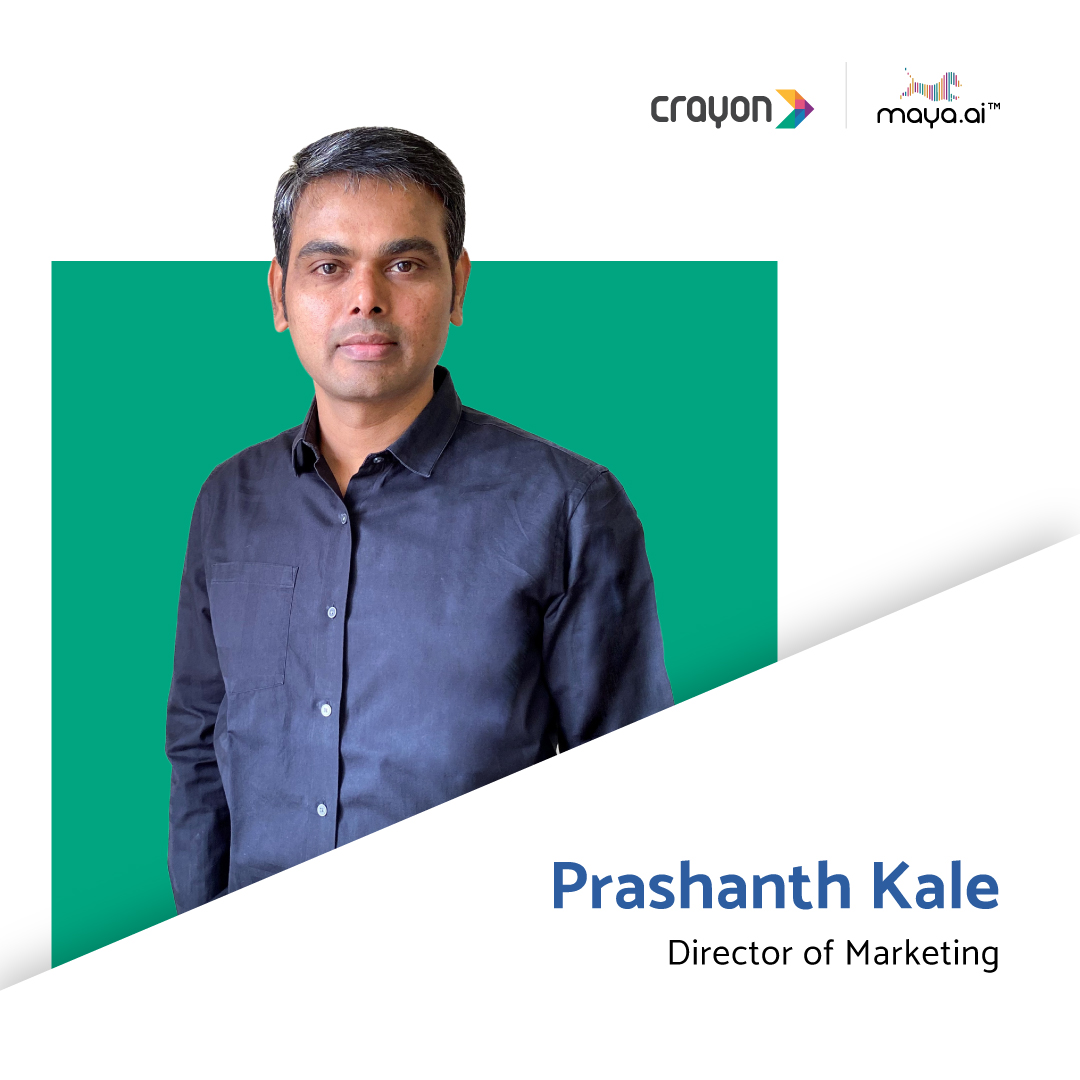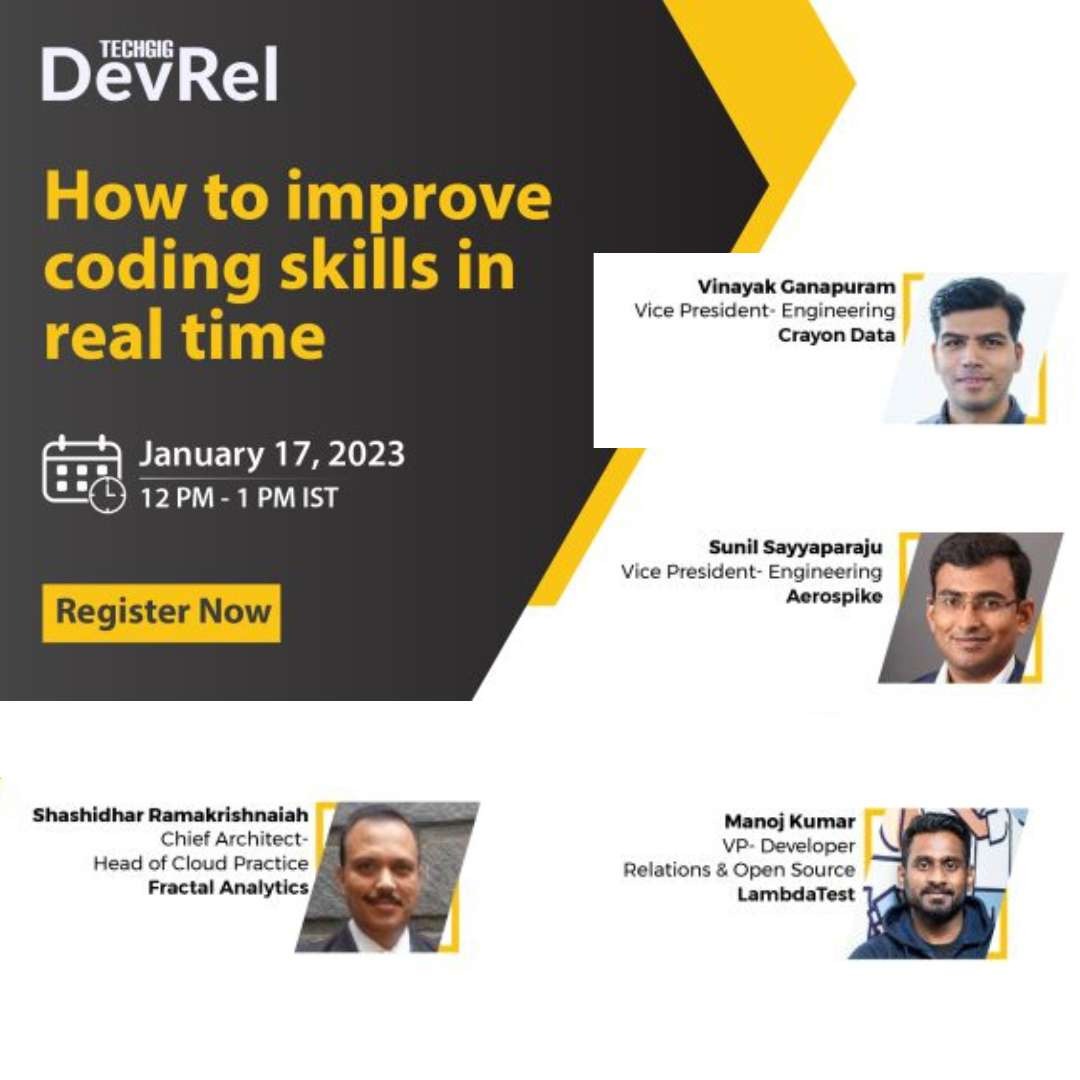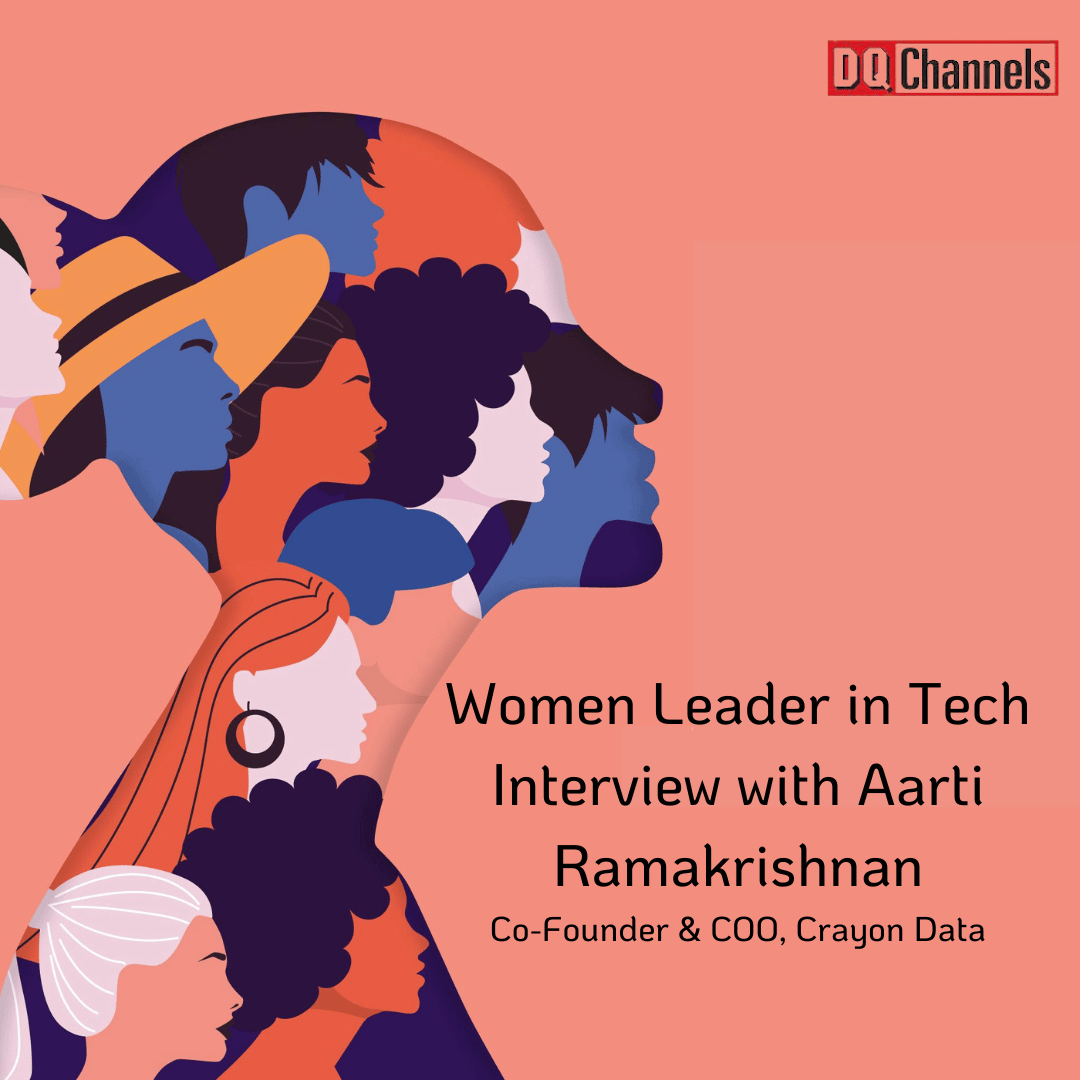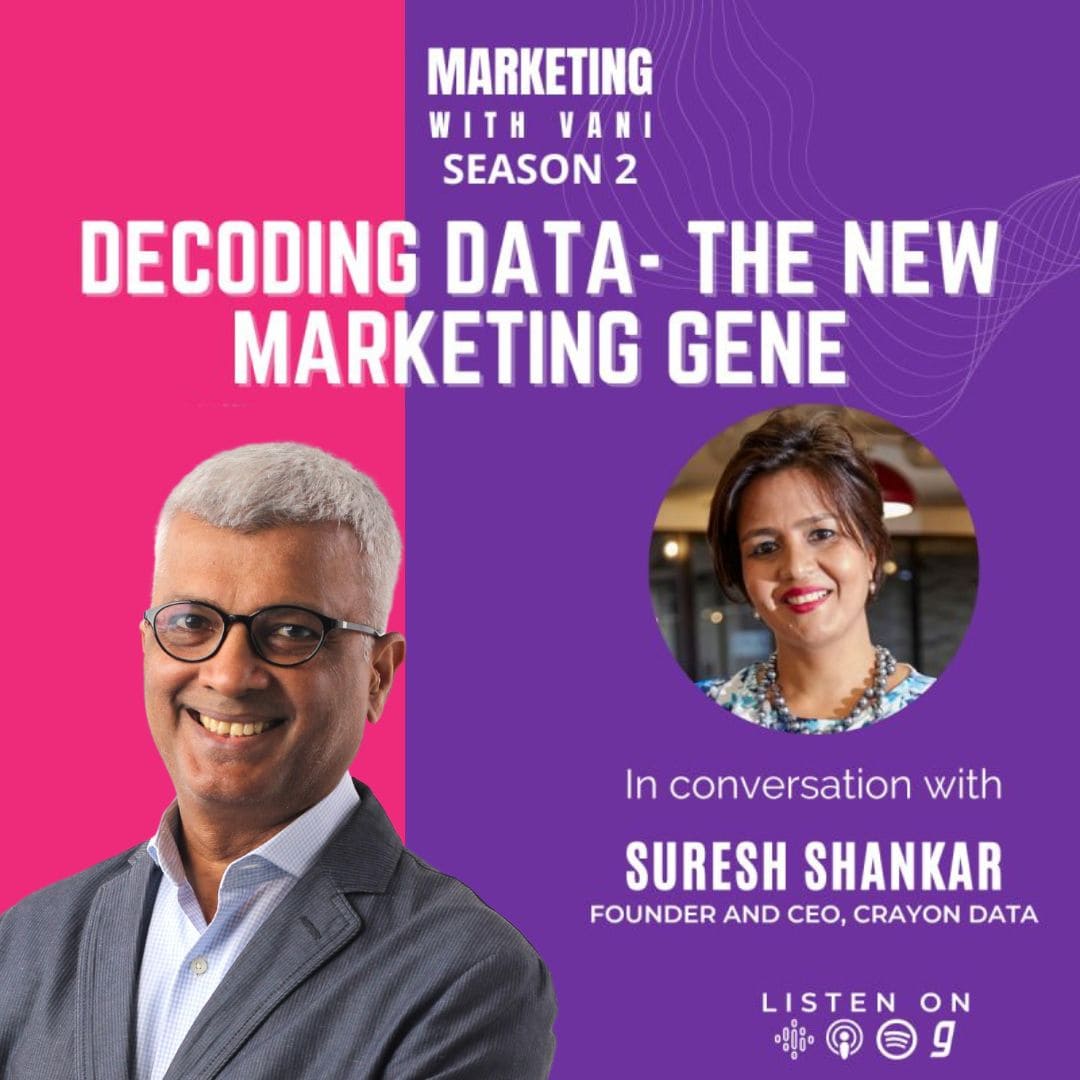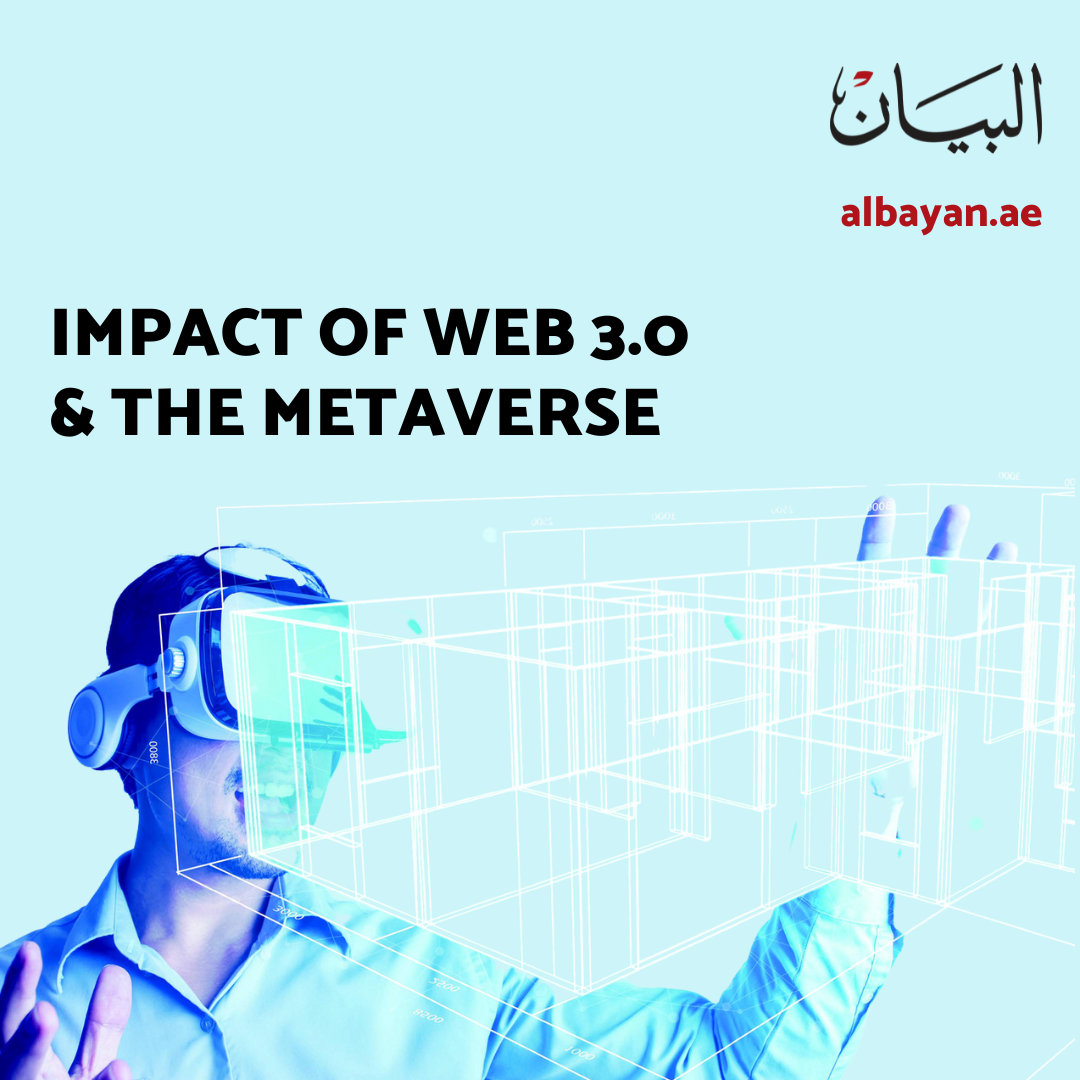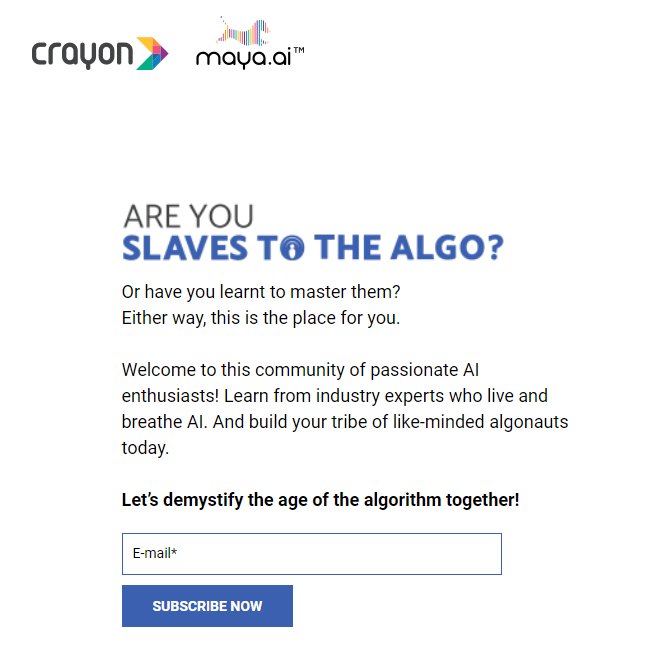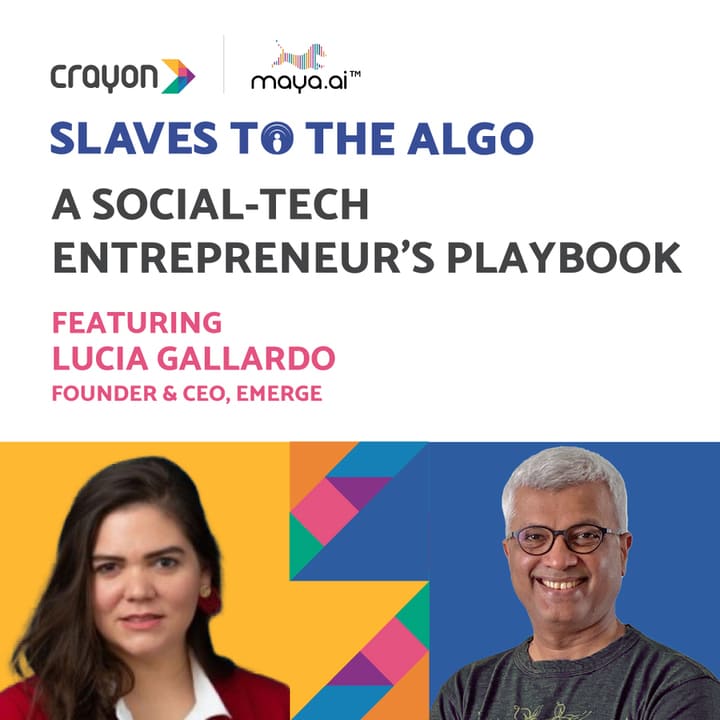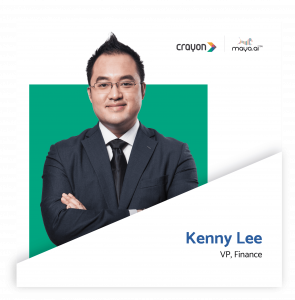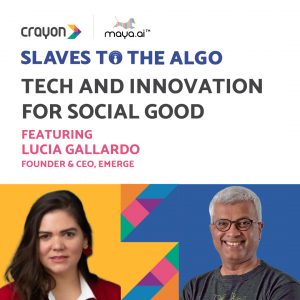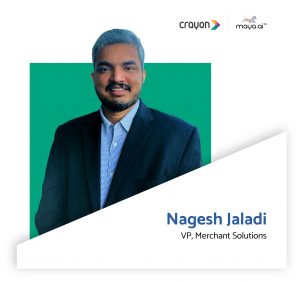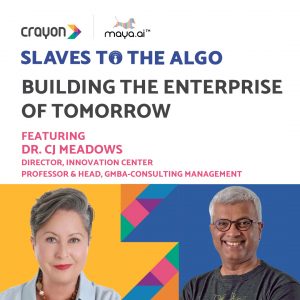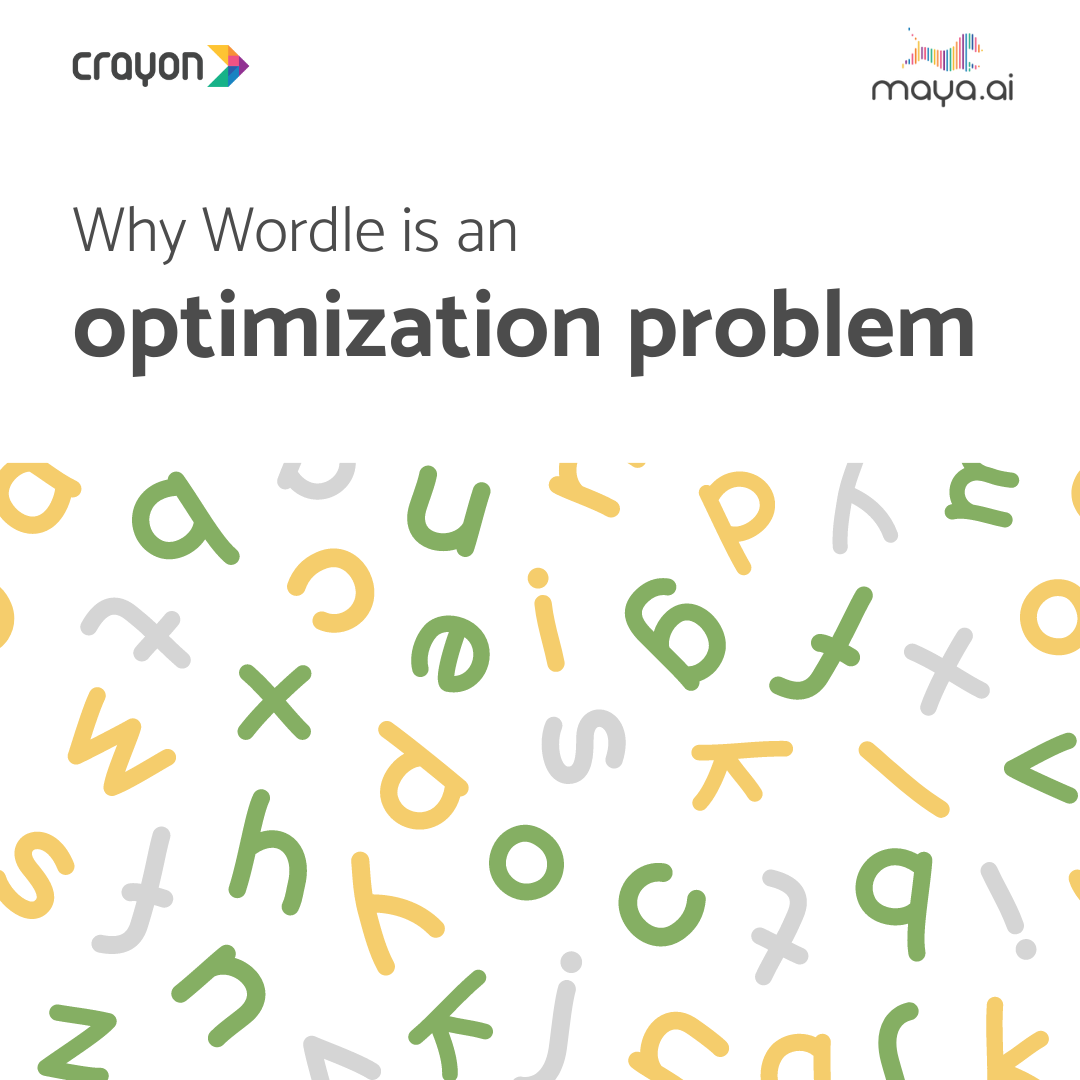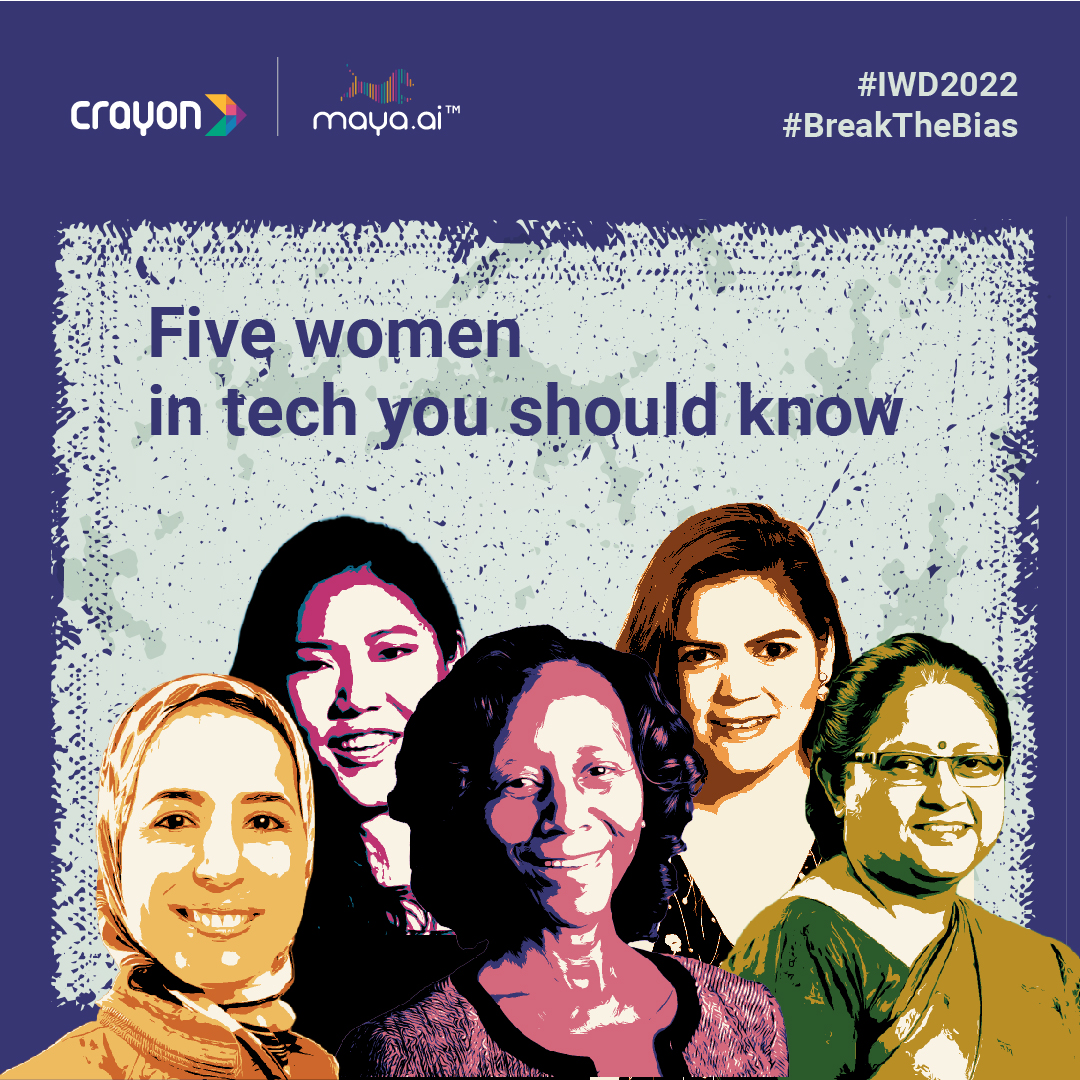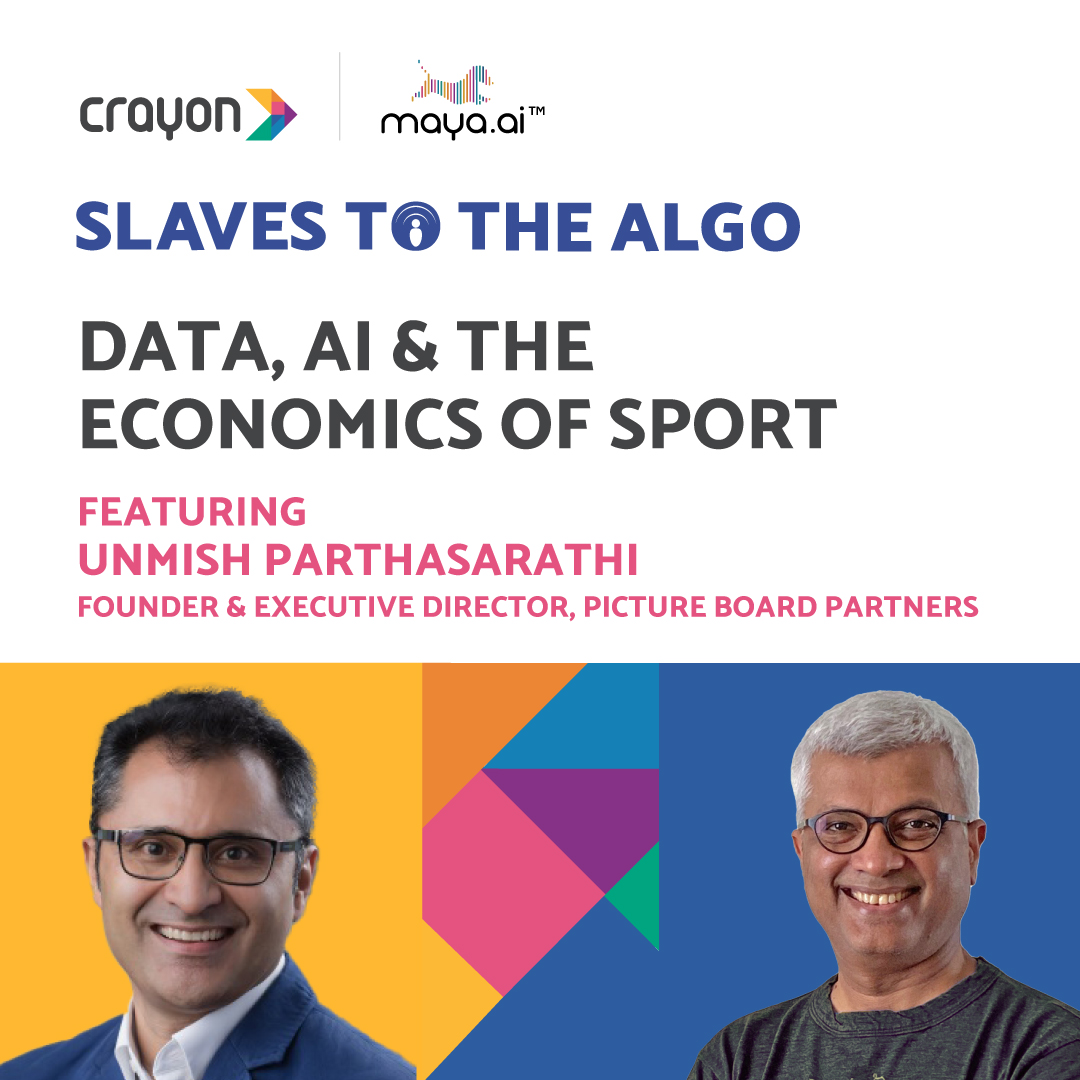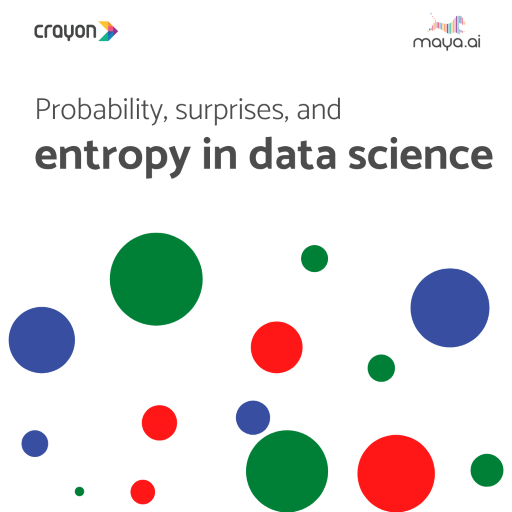There are some defining days to come in cricket, thanks to the metaverse, believes Sundar Raman. It’s not just a technology or platform, but a mindset, says our most recent guest on Slaves to the Algo.
With his typical humor, he adds, “Metaverse is what I call the digital equivalent of a boardroom word called strategy. Everybody uses it, but they generally don’t understand what it is going to be!”
Sundar has over two decades of experience in advertising, media and sports. He began his professional career in 1995. As a media planner, he was in the company that started the media buying revolution in India fulcrum and moved from there to working on various brands to becoming the first COO of the IPL. He is the man who made the IPL a great success. He was also instrumental in all the challenges of running the IPL like shifting it overnight from one country to another and creating new auction systems.
Today, he is also the co-founder of Faze technologies which is a cricket-based collectible and gaming platform. And it’s on a mission to build a Metaverse for cricket. In the previous episode, Sundar and Unmish talk about the IPL auctions, fan engagement and more!
Get ready to dive into the future of Cricket with the metaverse and NFTs. What happens if you own the video of Jasprit Bumrah bowling a yorker? Tune in to the full conversation between Suresh and Sundar below.
Watch on YouTube
About Slaves to the Algo
Whether we know it or not, like it or not, our lives have been taken over by algorithms. Join two-time entrepreneur and AI evangelist Suresh Shankar, as he talks to leading experts in various fields to understand how they are using or being used by algorithms in their personal and professional lives. Each episode highlights how businesses can leverage the power of data in their strategy to stay relevant in this new age of AI. Slaves to the Algo is brought to you by Crayon Data, a Singapore-based AI and big-data startup.
Suresh Shankar is the founder and CEO of Crayon Data, a leading AI and big data start-up based in Singapore. Crayon Data’s flagship platform, maya.ai, is the AI platform powering the age of relevance.
How to listen to our podcast
Full transcript of the episode below:
Suresh Shankar
Hello viewers and listeners. Welcome back to another episode of slaves to the algo. I’m thrilled to continue my conversation with Sundar Raman on how data and AI is a key influencer in sports and the economics of the IPL. In the last episode, we talked a lot about the birth of the IPL player auctions And how data has been used in the field of play, and how, for the player, intuition still plays a big role. In today’s episode, we will talk about franchising and broadcasting economics, audience engagement, and the metaverse. Welcome back to the show Sundar.
Sundar Raman
Hi Suresh. Good to be back.
Suresh Shankar
Looks like we could keep doing a series of episodes on sports and data and where this is headed. But let’s get straight into it this time. So the IPL this time, the mega auctions, two new teams, both bidding like you know, really, really large amounts. And you know, soon I think they say we’re going to have the auction of the broadcasting, it’s coming up. Do you think that three of those two new teams, and the amounts that were bid for them, has kind of set the tone for the upcoming sale of media rights? I mean, you got Disney, you’ve got Star you got Sony, Viacom, Amazon, everybody’s wanting to get in on the act. So where do you think this is headed?
Sundar Raman
I think every time you do a media rights auction, you will always feel at the end of the rights period, that somebody got it for a steal of a price that’s happened with the current rights piece. And that will happen with the next set of rights piece. I think the market in India, particularly for sports rights is far from hitting the ceiling or, you know plateauing. In a market where TV is growing subscription audience is still under leveraged or under monetized or under disclosed, and OTT platforms, galloping in multilingual, the numbers are very far away from practically. If any property is going to deliver the kind of reach that the IPL is going to deliver, there’s absolutely no reason why perceived breaking the bank won’t happen this time around.
Suresh Shankar
And that’s interesting, because you say at the end of every auction period, people all at the beginning, everybody says they will pay They’ll never make it. And at the end, they always say it looks like that is a steal. How does that happen? I mean, you know, why does that happen? Literally every time it’s happened, not just the IPL, it’s happened in the EPL, it’s happened in multiple broadcast rights.
Sundar Raman
Yeah, it happens because people who are engaged in the bidding process or wanting to own a team or in this case, the media rights are probably predicting the next five or seven or 10 year cycle ahead on what the market is going to be and what dynamics are going to drive the change. Whereas a common reader is not so thick into the weeds in terms of what are the changes that’s going to impact and whether the business metrics is going to work or not. So therefore, the reaction is more media lead. And so that’s a big price. If you look at effectively, even the franchises you started off saying it’s a big number. The fact is it is a big number. The fact is also not all of that number is being paid on day one. It is paid over a 10-year period. It’s like saying you bought a house for a million dollars, but if you have to pay it over 10 year period, you haven’t actually bought the house for a million dollars in present value of money. So, I think the value is something that is predicated on how well the market is developing. And all of us go out and buy homes and you know, properties and assets, right. And that’s very much the thinking you go and invest in, in a place that you see is going to develop, the rest of the ecosystem is going to come the theater is going to come, there’s a metro train that’s going to come there, the schools go there, they’re going to come up there, and therefore the property price is going to increase exactly that for media rights or for franchisee ownership.
Suresh Shankar
So in some way, what you’re saying is that the way people are bidding for, let’s say, media rights, the way people are bidding for franchise rights, and the way people are bidding for players, is essentially, in some ways a data led thing where you’re really trying to look at the net present value, but it’s not so familiar when you say net present value for everybody who does a business plan. So, it seems almost that everything is coming down to data lead financial metric, when people are doing this, it’s not, it’s not an emotional thing, because you’re talking about large sums of money.
Sundar Raman
I think, in the player piece, there is a combination of emotions as well as data that certainly plays because you’re fitting in specific roles. Okay, ownership rights of a franchisee, or media rights. It’s, it’s a one or zero. In the case of a player option, you don’t get a player X, you have a like player in player Y, who you can get the case of IPL rights for a media or franchisee you get it or you don’t get it. If you don’t get it, then you go on to other things, which is why the world of cricket economics is revolving largely around the values of what the IPL bid is. So can I go and bid the other markets? So everybody sorts of weights at the gates of media right? To say, Okay, this engine is cleared now. So there is money or this clarity on whether England rights Australia, South Africa rights or you know, any of the other Asian Council rights all of that are in the annual if any of them go first, they will only realize that they’re not going to be the first most sought after with impending IPL rights coming. So I think it’s almost like a prioritize the head in terms of everything else, because that gives directions to everybody.
Suresh Shankar
And do they have you been obviously part of some of these auctions in different roles? Do they have Game Theorists working on this? Because, you know, I said a player competitive thing is very different from a franchise in some ways. They have Game Theorists sitting in and advising them on, on how to play this like they do for telecom bidding rights.
Sundar Raman
If you call the consultants, game theorists, maybe yes. But the fact is, there is a lot of brains that are already residual in the organization embedded as a part of the strategy team, or the rights team or the syndication team and these are large corporations who are in this in this sector, right? So they don’t suddenly invite people and say, you know, can you put this piece together? Because not only do they have to buy the rights, but they also sometimes have to shape the environment as things come along. So it’s important to say that, you know, I want to go from multilingual, of two, three languages to truly multilingual of seven, eight languages. What are the implications of it for me as a channel? What are the associated benefits? Or the halo of owning a media rights with the IPL? Or the ICC? Or, for that matter, on the rest of the channel? What kind of advertiser account can I improve basis? What kind of values can I bring in? What kind of price points can I keep my subscription revenue at? So cricket allows you both a sport and a world, right? Because the sport is very well structured for a commercial break at the end of every over, which is, which is you’re not sort of minding in a manner of speaking, it’s not football, where you stop the game to have a commercial interruption. It’s like tennis, there’s a commercial natural break in the format itself, which allows you monetization of a war as well as on an export model, because they want to see the best quality coverage.
Suresh Shankar
And, and that, I think, brings me to this topic of how people in ultimately, you know, you do that you buy the teams, you get the teams, you get the players and you getting the rights. But ultimately, it’s a day, it’s a moment of the game. And there is where not only do you get the actual sport being paid, but you have the monetization of the audience’s that people are trying to buy. Right. And, you know, it always seemed to me that, you know, the IPL game literally transformed the face of sport because it became like, also a fun entertainment thing apart from just being a great sporting event. And you work with multiple event teams broadcast team to deliver a great experience both on TV and inside the stadium, right? Then you have the pandemic where there is absolutely no experience inside the stadium and audience engagement need to take a different turn and some of the things that happen seem a little bit juvenile, like people are like, you know, waving in like, you know, somewhere from a television. But my question really, in this whole thing is it’s looks like we’re going to be in this hybrid model of engagement meant were, certainly crowds will come back. But you know, most of it is happening off that. How do you actually drive audience engagement? Apart from, you know, all the carnival stuff? In this thing? Is there a science behind this whole thing as to, you know, making sure that more and more viewers coming on?
Sundar Raman
I think there are two segments of audience level of engagement or three segments. There is a broadcaster who’s trying to do something from engaging the viewers on air or on OTT platforms, there are the teams which are trying to engage the viewer, from their social media, behind the scenes, shoulder content, you know, lead ups, programming, post-match activities, fun stuff, family stuff that happens inside the bubble, or inside the temple corridor, let me call it that. And third is the Federation, who are trying to attract the newer audience, who are trying to get more wider base. So, it’s a slow process of going mile wide from inch deep to meter deep to, you know, kilometer deep, I think that’s what it is, the sport is mile wide. The engagement level is probably deep in that segment. And all of these stakeholders are actually trying to deepen their engagement, so that it becomes a true and proper spectacle, which provides the best competitive action on field and the most engaging experience for the viewers in the stadium or onto the platforms.
Suresh Shankar
And well, I can understand the three of them are very have different objectives. And I presume they have their own strategies. Is there a cyclical effect? As you know, franchises get more people involved? The broadcaster benefits? Are they actually working together? Or is it like three independent pieces each driving a flywheel?
Sundar Raman
It’s a bit of a frenemy kind of effort, it’s not that anybody’s competing with each other. But the fact is, they all understand the success of the league is in the success of the team and the success of the team is in the success of the league. I think that symbiotic relationship is well understood. In the early days of IPL at least, I used to work with a specific brief to my broadcast team and to my, you know, events team, you make the experience on television so good. But people should wonder why should I go to a stadium because I get the closest view when I sit at home in the game. Therefore, we added a lot of action, whether it was a helmet cam, or eye-cam or, you know, the spider cam, that’s where we took a lot of stuff into graphics and things like that. Whereas to the event team, the brief was quite clearly saying you make the event experience so good, that people was wondering what the hell am I doing sitting and watching it on television. So it is to the same team, we give contradictory briefs to ensure they work together. And therefore, the symbiotic nature comes out when the broadcast is able to show fans having a great experience in the stadium, a viewer starts to enjoy and join that experience too. So none of it is data, right. And a lot of it is getting a touch and feel for the game for the consumer for the fan and reacting as a viewer and as a fan. So while you feel people are stretching the elastic on both sides, they’re actually helping build a bigger and better property.
Suresh Shankar
And at the franchise level, can you share your years of looking at this stuff, possibly one or two really good examples of people who have done a great job of this whole audience in a fan engagement thing. I mean, some fans sometimes seem tend to have a fanatical following, and others are kind of there. So what’s your give us a couple of examples of what you think have been great, great ideas out there that people have done.
Sundar Raman
I think there are innumerable examples right and over a 15 year journey, you have to have the continuity of engagement to be able to deliver the kind of experience that you want fans to actually react and respond to. It started off with a few of the franchise liking Mumbai and Chennai & RCB actually distributing flags of their team color which made the stadium look blue and yellow and red in cases. A good example is probably what role Challengers Bangalore are doing in terms of great fan experience in all shoulder contents, and actually building a very steady stream of engagement on digital platforms to keep the action interesting and alive through the season. Whether it’s an RCB podcast featuring Virat Kohli or any of the other engagements. Mumbai has been doing it very, very aggressively in terms of their engagement on social and digital media started off many years ago doing a Facebook campaign where you ask the question to the player on Facebook and you get engagement, and the early days of the engagement, right? And Chennai spans all over all over the country. And wherever you go, it is its Chennai city for the fan. So, the way they leverage their play. I
Suresh Shankar
know you mentioned that was so funny. I was in the last Dubai, in the last IPL finals in Dubai. And I actually would have thought that, you know, then, you know, some of the other teams that have had great support, are there simply because Dubai must be cosmopolitan. But I was amazed it was a sea of yellow. I don’t know, I didn’t expect to see Chennai in Dubai. I don’t know how they did it.
Sundar Raman
I think it is, it is a large amount of consistency of performance, the way they play the game, the way they carry themselves and the leadership that that MSD has shown and demonstrated both while playing representing the country as well as for the franchise, and I think it’s, it’s probably everybody’s favorite team or second favorite team if if there’s got to be one. So I think that’s the way the franchises is engaged with the fans. And you know, the way they actually communicate is also very local and very earthy, right. And, you know, when everybody talks about IPL is starting this is starting, that is starting. Chennai will put out a simple one word which saying “Aarambiklangla”, you know, just a very, very earthy way of saying, you know, what’s this fanfare about? Let’s start, can you I think that’s the way they connect with the fans in a very, very rooted manner. And that’s a style that they’ve developed. Similarly, RCB developed a style, MI has developed a style, RR is developing a style. Yeah, you know, Delhi has developed a style so it’s all up to them.
Suresh Shankar
And two things you talked about three people who are monetizing this, but I found another thing I think we refer to it in the last episode, you also have know the players actually driving their own engagement because they have such large individual followings in many ways. They are the ones actually, you know, they have larger followings and any particular tournament or suffered like, you know, whether it’s Kohli, Ashwin, all these people is that also becoming a bit factor in this whole audience engagement that I want to follow. If it’s football, it’s Ronaldo and Messi, if it’s cricket is Kohli, it’s, you know, might be Ashwin, it might be Bumrah. So that’s Is that is that becoming a big thing now.
Sundar Raman
The, the player piece actually started to get even more traction during the lockdown. Because most of them were sitting in their, in their homes and not getting practice or game times, which allowed them to reconnect with the fans through social platforms, a lot of players used to get their social handles managed by managers, and therefore, a lot of it in a manner of speaking was curated much against the grain of what social media itself was. But once they started to engage themselves, do podcasts do in such acts and do not come out into the open and make themselves accessible and available, you know, ask X or Y or Z as a hashtag, started to trend. And I think they took those 10 minutes, 15 minutes, half an hour windows to actually improve their connect that directly led to a better monetization opportunity for them on personal endorsements and social media posts and stuff like that. So what the web two has actually done is allowed a two way communication, right. But he does not allow the ownership of that content to be with the creators in a manner of speaking. So I think that’s the that’s the way the engagement, carpet is rolling, and it will, it will start to see more and more action. Some of them are shy, some of them are not very friendly with social media, and a few of them who are actually, you know, having a very, very good time engaging fans.
Suresh Shankar
And I want to come to that. I think you know, that’s really the last big point that I want to talk about, which is the whole evolution towards web three, and the metaverse and all that. But one more thing on the audience engagement, gamification, the whole idea of fantasy the whole idea of I can be the manager that’s also seem to be another thing that’s becoming literally in practically every sport, but definitely in the IPL as well. A big thing in terms of driving audience engagement. Thoughts?
Sundar Raman
Yes, the first you know, quality fantasy league, if you may call it was started by the IPL whether, you know, it was induced for an engagement or reason or you know, connecting with the fans, the whatever be the reason, the real reason, as I put it was it helped fans stay engaged and familiarize themselves with players because that time you needed to have you know, one uncapped player who you should be a part of your squad and it was not for money, right? It was for audience engagement. It allowed you to familiarize with the players allowed you to familiarize with the teams that are in familiarize with the with the results that are going to happen, that your team was playing or not. The success of any league is in polarizing fans in terms of you know, I am a Bayern fan I am, you know, you don’t have a Bundesliga fan in the real sense you have a Bayern fan… Polarization actually drives the tribalism for the engagement. But what it also does is it takes away the interest from the rest of the 70 matches that the other teams are playing for teams are playing out 60 matches. How do you get them to stay connected with the results of what is happening? All of us follow the game? Yep, in some capacity, you know, whether we are watching it from clicking for following a score or a date that comes from our notification, we follow the more people follow the game today. But not necessarily watch the I’m not talking about the IPL, I’m talking about cricket in general, and particularly Test matches and stuff like that, right. So what a fantasy league does is it allows you to be engaged in the game far more longer, irrespective of whether your team is playing or not. Because your players are playing. And you have a you have sort of a leaderboard, which status, which allows you to fly from the rooftop saying you know what I want to face down,
Suresh Shankar
you make a really interesting point. And you talked about polarization drives the Success and Engagement. But it fragments the attention because everybody starts to go into smaller thing. And you talked earlier about you know how to drive the in stadium experience and say that is the best and you have to drive the on television experiences. say that’s the best. It’s almost as if you’re saying that this whole Fantasy League and the gamification is something that keeps them involved in between because and universally across the whole league? Am I getting this right?
Sundar Raman
It is one of the ways that it is keeping them involved. Right? I think fantasy league is one way of engagement that that has happened and in in the sport, there have been a lot of other real money engagement that happens in the data has always been the only avenue you gave fans to show their interest in the game was buy a ticket or buy a jersey. Now there are more and more ways that that are evolving, that I can show my interest in the game, whether it’s real money gaming, or or you know, any other format or or ownership of, of collectibles and all the other stuff is what is driving that that changes as we see it. So it is it is an important aspect of what the game engagement is for having the economic model there needs a bit of restructuring in my view.
Suresh Shankar
In what way ?
Sundar Raman
I think the fact is? If somebody is going to earn a $1 on the back of a performance of somebody else, is there is there a fairness in the distribution of the dollar?
Suresh Shankar
That’s a great question. Because you know, you asked this question in the context of advertising and what you call this a new trend that’s working on this thing saying that it’s my data, but a platform is making all the money by allowing somebody to target me based on my preferences that I reveal to the platform. So the other way similar,
Sundar Raman
but also the other way right? Take Take the take the music industry as an example, right? You listen to a Pink Floyd song or a Dire Straits song. Wherever you are in the world. There is a there’s a royalty that is getting collected and accumulated to the artist or to the album which eventually go to the artist. So what is the equivalent of a KL Rahul scoring a 50 year and Suresh Shankar making, you know five lakhs because he had KL Rahul in his team for putting 50…
Suresh Shankar
That is, I think almost the perfect segue Sundar into not what all that’s happened in the last 12 years. But what’s going to happen in the next 10 And the whole idea of the Creator economy, the web three Dotto, the metaverse, all of the stuff that’s coming our way. And, clearly, I mean, I know Faze technology, the company that you’re the co founder of is also kind of trying to do something that’s ahead of time. But as we go through this whole thing, how is this going to change the game fundamentally, because I think it leads up somewhere to this question, I’m a player, do I get a right, like music producer or whatever it is? I am a participant as a spectator as a person playing a fantasy league. But you know, I’m also being targeted by somebody else who’s actually providing the platform. How is this whole world going to work over the next 44 years? Because clearly sport is one of those areas where this whole idea whether it’s NFT is the metaverse the experiences, the use of you know, and democratization can come together very well.
Sundar Raman
Indeed, I think it’s very early days and in that space, and people are discovering newer and newer models, but the central theme that is running around this model is the participants are the owners of what they’ve created. And I think that’s a that’s a strong story that is that is coming out as as the layers are getting revealed, right. What started off with with a distributed ledger for economic value transfer is opening a lot more doors and not many doors in terms of the theater economy or ownership, or what web three is trying to obviously do is give the constraints that web two had imposed into a slightly more decentralized manner to the actual creator. And I think it’s very early to say what is going to happen five years or 10 years from now. But it’s quite clear, it is headed in a direction, where there may be fairness in the way the economy is distributing between the creators, the data owners, or the data creators and the platforms in a manner of speaking. So that’s where that’s where the change is gone.
Suresh Shankar
And that’s kind of I know, it’s early days, but you know, you’re sitting there, you’re in the middle of the trend, you’re trying to create a company that’s going out there, and I see it happening in music, I see it happening in sport, right? I mean, does Taylor Swift own the right. Spotify is a platform, they need to take a share of it, the audience is actually being monetized is actually me, and my time. You know, there’s a recording label, and there’s a whole industry in between that can make Taylor Swift achieve our dreams. And now we’re having Taylor Swift fighting back against that industry in between. We’re having the, the artists and the platform like Spotify and all that stuff, kind of discuss what’s my share of the pie. And you also have the other thing coming from the consumer side saying, listen, at the end of the day, all of you are making money of me, and what’s my fear of it? Right. And so ultimately, where do you think and you know, the same thing is true in sports, right? Ultimately, where do you think, what do you think will be the next few big moves that will happen in this space?
Sundar Raman
I think there will be a coexistence model. This will open up newer revenue stream, which is a direct to consumer, rather than B2B2C model. Blockchain as a concept, or as a stage of evolution is probably in the early 90s, as internet was. You thought email was the coolest app that that that internet could produce and and you know, we had ICQs and whatever fancy stuff that is there, nobody thought of any app economy. Nobody thought of a talk back into the largely physical domain available content that is being now available on a computer. That was the that was stage one of the evolution by stage two obviously opened up way communication. Now I know where my Uber driver is, I know where my Swiggy delivery guy is, I know where my money is, I can we can interact in a platform like this was unheard of, or thought through and impossibly 20 years ago, 30 years ago, 20 years ago in the early days of internet. So blockchain is in that space currently today. The if it is not disrupting the current ecosystem, then there’s something wrong, then it’s not seen as a bar to propose enough to to change the industry, right? If it is having this conversation, what is going to happen? What are the what are what is gonna happen to a Taylor Swift and the value chain that is covering making us a star? It is the assumption you are really we all have seen the seen the days of ERP software and the eyes of the accountants right and says, no, no, this is this will not work that will not but the fact is, they become better accountants, or, or more efficient accountants in a matter of speaking, I’m not saying ERP as an accounting software, thing, how that evolution happens in this space. So you will start to find there’ll be a few disruptions, they’ll be coexisting models, people still listen to radio in the world of internet, right. So it’s not it’s not more radio now. It’s not dissipating. Yeah. And that
Suresh Shankar
comes back to again, you know, what you’re trying to do with Faze and you know, the fact that you’re trying to create all these NF T’s linked to specific play clips from the ICC’s back catalogue. And one of the interesting things is that I always keep wondering this about technology, right? I’ve been in this business for a long time. And I keep saying, we, when we say we will do personalization, it is always I mean, my groceries in my corner shop guy used to know my family and all the preferences, right? You didn’t have any computers. So the same way when I think about sport, it’s like you had these cards right? The player cards that we all used to collect in the US it was baseball cards in India, it was cricket cards, I’m sure it was football cards in the UK. Isn’t that isn’t the whole NFC thing a little bit like trying to take things that we have done in the past before about how you get time engagement, but bring it back in a different way in the form of technology or is it something more
Sundar Raman
conceptually it is it is that but the big delta that is coming in is a case in the Indian market there have been no analog or physical analogs, like it has been existing in the US market in terms of trading cards and you know, jersey sale and stuff like that. What digitalization is helping you do is actually give you provenance give you to give you a publicity and give you scarcity. Right? I know it is a jersey is signed by player x, or it is an authentic clip. And it’s all on the blockchain. If you gave me a trading card signed by Wayne Gretzky, I will think it is Wayne Gretzky I wouldn’t know to verify it. There’s no way of me validating. But in this case, if you give me a clip signed by, you know, digital clip from, from from the NBA side with Steph Curry, I know it is the authentic digital clip. Because it is validated on the chain. I know this number I know the sequence. I know the price. I know the custody chain of command on when it was minted who were the first owners and who are the current owner, and it is in perpetuity. That’s the substantive change.
Suresh Shankar
Because this is so new, I think it’d be good for you in our listeners and viewers, right. So you were in Bombay, I was in Bombay, we saw that six that Dhoni hit in 2011. Presumably, the ICC owns the right to that actual original moment. What is how does this work? Now the ICC says I’m going to take this clip. And I’m going to say there is one original copy. And then they put it out and they allow you to buy a piece of the original copy. And then but that copy is all over the internet already. And it’s like kind of viewed by other things. So one, what does it do for me? If I bid for it? Why would I bid a million or 10 million or $20 million for it? And how do I monetize it having paid that money apart from having the bragging rights to this? So how does this whole economic model work? Maybe around that one idea of the six that that kind of sell across India.
Sundar Raman
There are two three nuances that needs to be understood. One is a collector’s item. If you ever thought of owning that Ms. Dhoni six and wanting to monetize it, urge you to go and get yourself checked. That’s why I’m asking you. So you wouldn’t, you wouldn’t, you wouldn’t want to monetize that at all, you’d want to still store it in the deepest part of your cupboard or or the in the most visible part of your houses as a video constantly playing. It’s it is the see, in the art equivalent there is a lot of it that’s available, right? You said a lot of that video was already available on on internet. That’s through a Mona Lisa, Right. But you don’t you don’t keep a Mona Lisa from a Google image and put it on the in the living room of your house and saying you know what? There’s no authenticity to it. And today’s consumers are all digital first. They probably are meeting more friends online, than we met all friends offline are going up years. And their life is digital. It’s a matter of time before all the paintings in the wall of majority of the places become digital screens. Showcasing NFT is owned by them as real assets of value, which is more based. So if you have a breakfast catch up with somebody may have a specific NFT if you have a dinner catch up with somebody that seems to be will morph into something else fade the mood and environment, you may want to have your NFT that is so precious to you, as a part of your Apple Watch screen, or as a part of your zoom phase or as part of your DP, there’s already work that’s happening with Instagram and Twitter and the lives to draw down all the NF T’s that you will own to make it available as a part of your your profile. So I know this is the kind of society that in our growing up years, we knew now if I come to your house, I see the book on your rack, and I see the paintings on your wall, I know the kind of person that you are, but today’s kids are not going to each other’s house. So they will know it based on the DP that you have as what kind of NFT collectibles Do you have. So what kind of a person you are, and it is opening up the world of the economy, which is very different to what the original World of concept of
Suresh Shankar
but to mean, like, you know, if you take my own thing, right? I mean, how who owns that NFT you know, who creates
Sundar Raman
I’ll, I’ll address it though, I was addressing the first part of it, which is the collectors and which is you Oh, you collect it and therefore you keep it in your custody and therefore you don’t it’s like a Picasso painting, it’s like a Ravi Verma painting or, you know, MF Hussain painting, you don’t collect it to sell it, you collected to keep it right. The second part of it is a trading value, which is worth people’s time. The reason you collected trading cards was because you’re trying to put a collector set together. So it may not be an MS Dhoni sake it may be all the you know, ashes captains or are a collection of all the you know, run outs that have happened in a World Cup or a collection of all the losing World Cup captains or a collection of you know the last ball success in a World Cup. You could give the collection any different dimension. So you may have some I may have some somebody else may have some. Then that gets into a marketplace for trading value. I may be looking for Ashes captain, whereas you may be looking for Indian captains. So I may do a trading value of that and do a sale of that the ownership is with the guy who is entered into the chain, as the true owner at that time till he sells it to somebody. And there’s an economic value, it’s a marketplace, right? Amazon connects buyers and sellers. And that’s how NFT’s platforms are doing. So OpenSea connects buyers and sellers, Rarible connects buyers and sellers. And there’s a vertical specialization, and there’s a horizontal, there’s a Walmart and there is a Apple Store, or there is an Apple store within Amazon and there’s an Apple Store as an Apple Store. So if you know what you’re buying, you know where to find it.
Suresh Shankar
So to come back to this idea, so again, so you’re saying that there will be things that I will create myself, and you know, therefore they’re there, but I presume a lot of the NF T’s will still be based on things that either have been generated by in the world of sports, specifically by a player or by a federation, or by a broadcaster, etc, right? So yes, is it the issue that they’re going to now say, I’m going to create this marketplace, where, you know, anybody can come in and own the rights to that, that’s, that’s essentially what’s happening.
Sundar Raman
I don’t think anybody is going to be able to create that, because their core businesses are very different, right? And Federation’s job is to grow the game, and, you know, generate adequate revenues to help support and fund the game and the development of the game. And a broadcaster is doing something which is which is engaging and making content with platforms, NF T’s are not going to be the, what should I say? Find a million people who watch cricket will all end up wanting NF T’s in one year’s time or two years time. I don’t think that’s even the realistic expectation. It’s like saying, everybody in the world has an access to internet today. No, that’s not even true. After so many years of internet, right? I think it is allowing value creation, new streams of revenue, new engagement, opportunity for the fans, and a true sense of ownership on what you want to do with it, I may create a set a collection, which I may put it in my my vault and in my profile in my life, or there will be utilities that will play out, as the case may be.
Suresh Shankar
But the collection is my question is it
Sundar Raman
The ownership is with the ownership of the collection will be will be created by either the platform who owns this set of rights, because everybody is trying to give you a reason to come to the store, right. And that that is either a utility, you know, it’s allowing you for specific use cases. And so you own, you know, an NFT, which, which is of a World Cup finals, you may get a ticket to the World Cup final or upgraded the World Cup final if you have a ticket. So that’s how you drive consumer engagement in a very, very different manner. And that allows you to go back and buy that as a special experience.
Suresh Shankar
So if so, for example, you’re saying I could, you know, the platform buys the rights of certain things from let’s say, either the broadcast or the Federation, and they create these collections, and then they’re putting it out on the marketplace. And then the authenticity is really what you’re saying the platform offers, because you can say, hey, if Suresh went and bought that, then he is the owner of that, that would still leave me to a question can actually players participate in this world and, you know, the players and the artists who makes the music or, or the or the actual player on the field of play within football or not? And two, how does a fan participate, for example, and just a personal one, there was a year in which just before Sachin retired, I went and saw him play around the world. And I literally have all those clips and shorts or whatever that right? Is that the kind of thing where you can say, Listen, someone can create a thing of saying, here are some 10 great things and put it out there and as long as there are people willing to see value in it, that marketplace, they will bid for an equality is that the kind of thing in which fans can participate in this?
Sundar Raman
I think the participation of fans is going to come from or be restricted from an IP ownership. So just because we went to stadium and shot it on the mobile phone, you don’t own that content. Right. You know, maybe it’s a ticket stub that you own. And then you collect the you know, finals ticket stub of every World Cup final or, you know, Wimbledon finals, or every Grand Slam final or whatever that that is, it’s just not about collectibles in the simplest sense. It is about utilities. It’s about how can it open up newer world of utilities for example, if I own a Jasprit Bumrah practicing Yorkers, theoretically, right? A clip of that. And if I’m playing a cricket game, on video or on EA sports, or whatever that is, if I own that NFT it will open up new powers for me to be able to bowl more Yorkers more frequently, which will allow me to win a game which will allow me to get into leaderboard so that’s what I keep talking about utilities.Utilities can take shape in very many different forms it can, if you if you have a one tray and fit, you know, you get to override at 20% off.
Suresh Shankar
So it becomes like the swords in, in, and then the weapons that you get and all the WarGames that you play. I mean it’s a bit like that you’re saying so it can be a currency in many different ways
Sundar Raman
it could potentially replace IP in gaming. I’m not saying it will replace but I’m saying it could be a potential substitute for IPs in a given environment. More importantly, it could give fans the responsibility over certifications, you know, some some clubs may count and say you know what, here is the set of NF T’s we want to listen to you because you are a loyal fans. Today, there is no way to ascertain saying, you know, this guy has a debenture holder, who is a loyal fan, of course he is. But in in a lot of other leads, you don’t have that. But if I own highly valuable NF T’s of that club, it just tells me how interested I am in the club in some capacity. Right? It’s like owning stocks and shares, you’re interested in the company, you’re interested in the performance of the company and the success of the company.
Suresh Shankar
And what about from the player side, you see them ways in which they are going to be cashing in on this whole thing? Or we’re extracting value from this from this trend? Oh,
Sundar Raman
absolutely. I think I think this opens up what I call a direct to consumer relationship opportunity between the fans and the players, which is the two has not been in existence.
Suresh Shankar
It sounds like there’s going to be a lot of form in the next three or four years, this whole idea of what rights, who owns it, players, Federation, broadcasters, you know, who can control it? How you can monetize it, especially in this new digital first world, as you’re saying there’s gonna be a lot of change in this industry. In the next four or five years would that be?
Sundar Raman
I think there is there is actual clarity in terms of who owns those rights. The game rights are obviously with the Federation. And whoever is conducting it and player as a set of rights player has the ability to add value to it. The player has, you know, the ability you spoke about the all the engagements that they had, during social media during the on social media during the lockdown. Some of it could be monetizable at some point in time, right. And, you know, the social media platforms could act as marketing channels for their direct to consumer monetization models.
Suresh Shankar
And Sundar, what are your plans? What’s your vision for this whole metaverse in cricket? I mean, like, you know, you’ve been at the forefront of a couple of revolutions in this. So what’s your plans for this with Faze or, you know, even on your own side?
Sundar Raman
Simply dive into the deep end of the ocean and try and see if we can swim. That’s, that’s, that’s the way we’re taking it. And you know, Fancraze, as it’s called, Faze is the technology company, and fancraze.com is where the marketplace is active and operational. In fact, there is a drop happening tomorrow, you should try and see, you know, what, what you what you get out of it? And you know, and that’s FanCraze.
Suresh Shankar
It’s fancraze.com right? Oh, okay. So
Sundar Raman
you check over tomorrow, there’s a drop. And, you know, he just opens up newer, newer challenges for people to say, Listen, let me first own it. Today, the number of wicket NF T’s that are socialized in the marketplace itself is not as many. So unless you socialize that many number of marketplace, NF T’s, you’re not going to be able to sort of, you know, make a meaningful community around it. And that’s what is happening and fanbases is driving that change in the manner that they can do it. Metaverse is, is what I call the digital equivalent of a boardroom word called strategy. Everybody uses it, but generally don’t understand what it is it is going to be, it is going to play out itself. And there are going to be some defining moments in in the days to come. Again, going back to the belief systems of web three, requires a mindset, just not a technology or a platform. And I think that mindset requires a lot more conviction amongst a lot of people to actually drive this change of decentralization and individual ownership with authenticity and verifiability at the heart of it.
Suresh Shankar
Thank you very much for that Sundar. There’s been so many fascinating things that we’ve discussed, right from the birth of the IPL to how people are using data both, you know, to kind of deliver matchups and like you know how people are using data on players to decide play team compositions, franchise rights, broadcasting rights, and finally, how I think the new world of NF T’s will come into the world of cricket. There’s been so much we’ve covered. I think I loved what you said at the end, which is going to dive in at the deep end because it always struck me as somebody who’s just In many of these things, I remember when you first joined the IPL as a COO, is it? Yeah, I’m going and we’ll see. So all the best in that journey. And for all our viewers and listeners do go and check out fancraze.com, which is the latest in the world of owning big moments in history in sport, and Sundar, absolute Pleasure having you on the show. I’m sure we will come back and talk to you more as you develop out all of these new technologies.
Sundar Raman
Thank you. I look forward and thank you for having me. It’s been an entertaining chat.
Suresh Shankar
To my viewers and listeners. Thank you for listening to us today. Slaves to the algo is available on YouTube, Spotify, Apple and Google podcasts. We release a new episode every fortnight sometimes more frequently. If you liked this episode, do not forget to like, share and subscribe. Remember to stay safe, and most importantly, stay relevant in the world not just of data and AI, but now of blockchain NF T’s and web 3.0 and remember, we do not want to be slaves to the algo rather masters of it. Thank you and see you all.

